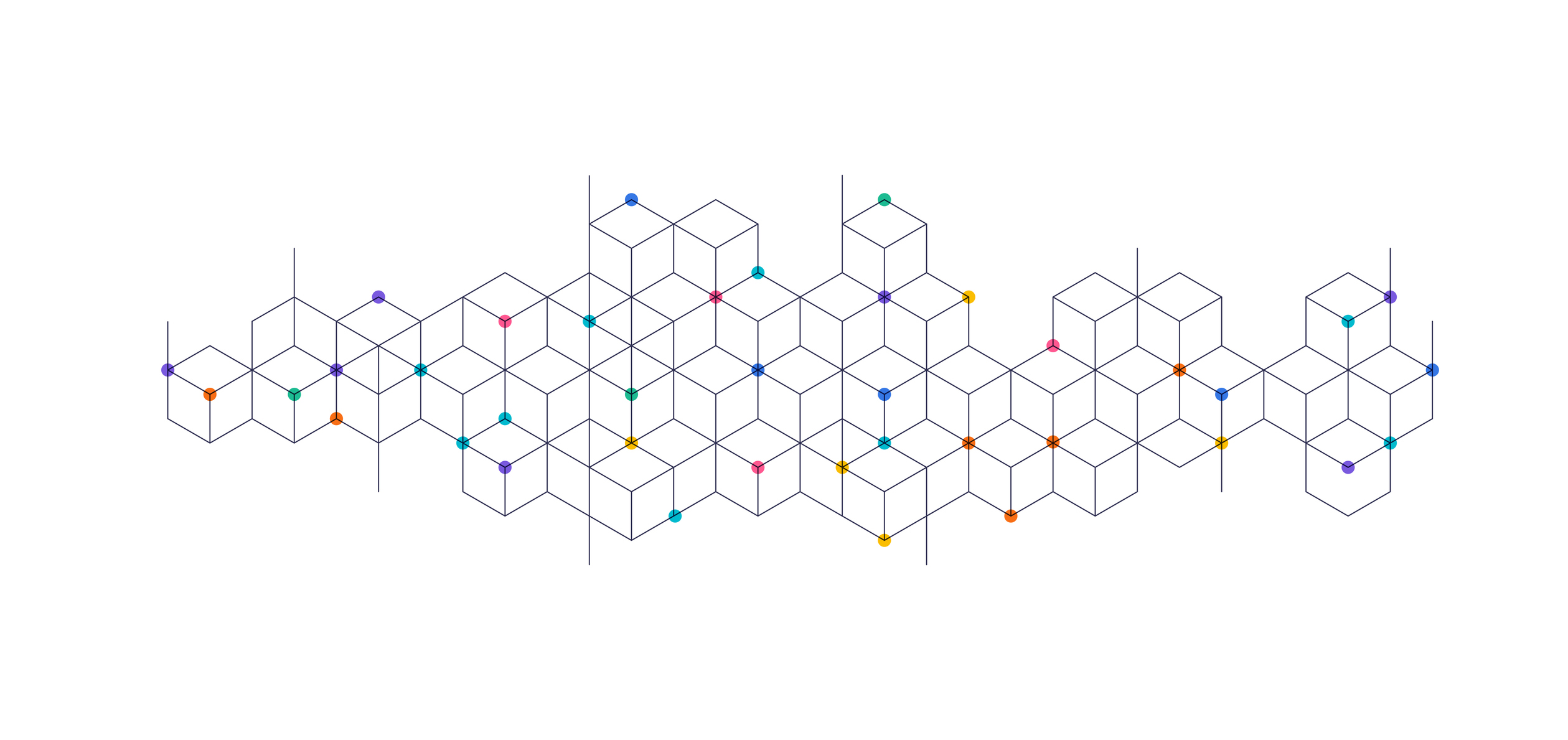Before Nodal
In North America, power prices vary by location, a system known as Locational Marginal Pricing (LMP). High-demand areas have more trading activity, or “liquidity,” which makes hedging easier. Smaller markets have less liquidity, which makes it harder to find trading partners.
When liquidity is low, hedging can involve using brokers to try and find a counterparty to trade with, or it can involve an imperfect hedge via futures contracts at the nearest liquid location (‘hubs’). The price difference between the hub and the local area is basis risk. When basis risk moves against a utility, consumer prices can rise.
The Nodal Exchange
Nodal Exchange brought brokered power trades into a central exchange. This improved price discovery and created liquidity in smaller markets. We may think of a futures market as electronic screens and ticking prices, but brokered block trades exist in other US exchanges as well. Also, Nodal added the risk buffer of a third-party clearinghouse in between the two counterparties.
Utilities could now hedge more efficiently and with greater confidence.
Nodal Clear
After building market depth Nodal took a bold step. It moved from using LCH as a third-party clearinghouse to building its own. Rather than stick with the usual risk models, it developed a proprietary portfolio-based risk model, tailored for energy markets and scalable for other contract groups.
This allowed some firms to optimize margin requirements by moving to Nodal. It also gave the market more choice and flexibility.
Screens and clicks
Today, over half of U.S. power futures open interest is held on Nodal contracts. What started as a niche market for managing basis risk now handles large-scale outright trading.
In 2019, Nodal acquired Nasdaq’s U.S. energy futures business, who had previously launched a US futures exchange focused on natural gas, power, and oil. With liquidity, price discovery, and clearing all solved, Nodal established screen trading via a number of third-party platforms. With screen trading added, traders could execute both brokered and electronic trades.
Once a venue has screens, compliance teams need order data which provides details on every click into the market, and let’s firms ensure their traders are not doing anything which could be flagged by authorities as non-compliant with the rules.
One stop shop: Data as Legos
Nodal began with a broker-executed market, but they thought about data flows and ownership up front. When brokers enter trades into their exchange platforms, the counterparties must be identified before submission. This ensures trade data flows directly to end firms through the Nodal FIX Trade Capture API.
This differs from some other markets where a trade can be executed in the broker’s name and then given up to the end firm after execution. Nodal avoids this, providing instant, clean trade data.
When Nodal added screen trading, the existing straight-through processing (STP) architecture just kept ticking. They simply shipped more Legos of the same shape through the same pipes. So if your firm was already connected to Nodal’s Trade Capture API for broker-executed trades, no change was needed to receive and flow screen trades downstream.
Trade capture API: Data plumbing
Nodal’s Trade Capture API uses the FIX 5.0 protocol for data.
Nodal’s TC API sends everything at the lowest level of granularity. Complex trades made up of multiple futures or options are sent as individual records, linked by a common ID. The consistency around Nodal data makes downstream data management easy.
Each message identifies whether the trade was a block trade or screen trade. Nodal also added an OrderID field in 2021 to help firms tie data flows back to the order submitted into the exchange.
Nodal’s TC API offers unique functionality for history requests. Typically, you would ask for trade since a particular point in time. With Nodal, firms can request trades from a specific day. However, to get trades for the past week would require 7 separate requests.
Finally, if your firm clears through multiple FCMs, you need separate connections for each one. This has to do with the setup for streamlining brokered block trades directly into customer accounts, which was the original model for Nodal trades.
Common Issues
- How are trade amendments shown? All amendments are represented as a cancel and a replace. First, a cancellation of the original trade flows, followed by a new trade to replace the original.
- Our API times out when requesting multiple history for missed days: Adding delays between requests to avoid timeouts solves this.
- Can we create a parallel feed of our trading activity? Yes. You can configure more than one production API ID.
- We clear Nodal via several FCMs. Does that complicate setup? You simply need to make a separate connection for each FCM. Nodal would set you up with 1 API ID per FCM.
- How is API security managed? Nodal whitelists the IP addresses that connect to its API.
Glossary For Nodal Trades
- Over the Counter (OTC): Direct trading between two parties, often through a broker.
- Clearinghouse: The financial backstop for the market. It helps absorb risk if a participant cannot meet obligations.
- Counterparty: Each side of a trade. The counterparty is simply the other participant in the transaction.
- Hedge: A way to reduce financial exposure. In power trading, it often means swapping a floating price for a fixed one.
- Basis Risk: The risk that the price of what you hedge and the price of your hedge move differently.
- Block Trades: Large, privately negotiated trades that meet minimum volume rules and can be done outside the exchange. These are highly regulated.





